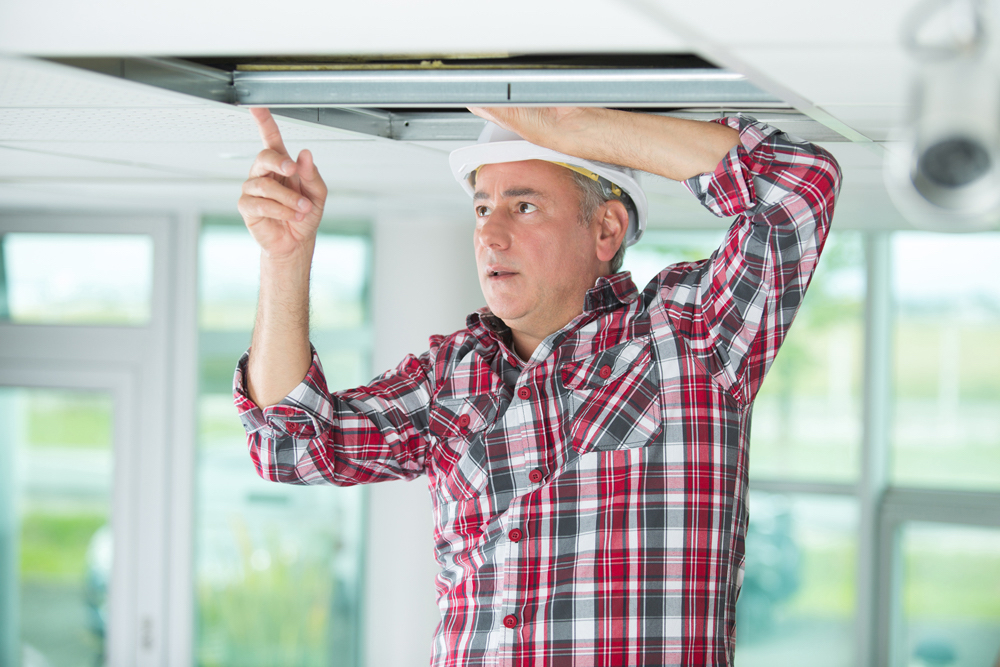How can you slow down water infiltration?

Water is sneaky. It seeps into cracks and crevices in your building and can cause serious damage over time. As water travels through those cracks and crevices, it wears away more of the surface and allows even more water to infiltrate. Before you know it, you have some serious leaks that are causing damage.
Even a tiny amount of water can cause damage to your property or inventory, and it can also create health issues for employees if mold or mildew begins to develop because of water infiltration. Major water infiltration can increase the risk of injury to employees and disrupt productivity in your office. After all, it’s hard to concentrate when water is dripping next to your desk.
So how do you slow down water infiltration and prevent all of these problems?
Ideally, you want to prevent water infiltration before it ever begins, but sometimes it still happens. Your first step is to find the source of water infiltration. If it has rained recently, inspect your roof, the seals around all windows, and any joints in the exterior of the building. If there are any small leaks, cracks, or separations in the seals, you’ll want to repair or replace all of them to ensure a watertight seal for your building.
If it hasn’t rained recently and you’re still dealing with water infiltration, it’s time to look at your plumbing and any systems that could be creating condensation. Do you have a small leak in a pipe that’s allowing a slow drip of water into the walls? Is your HVAC system creating condensation that’s spilling over into surrounding areas?
You may need to contact a professional with experience in thermal imaging to fully assess where water infiltration is occurring and properly seal your building to prevent it.
If you’ve found one source of water infiltration, go ahead and inspect all other possibilities to ensure you’ve identified all sources of water. Once you’ve identified and fixed the issues, be sure to put those items on a routine maintenance checklist so that they’re inspected and maintained to prevent future water infiltration and damage.
